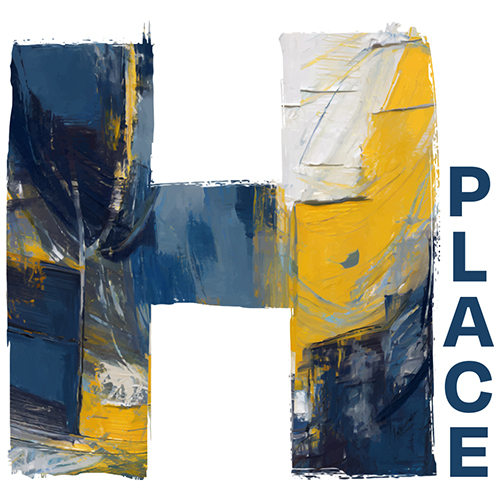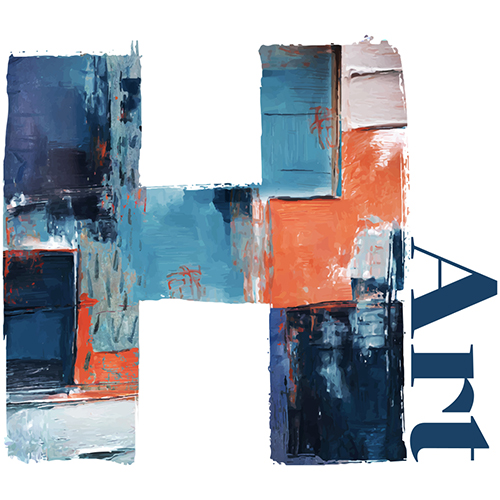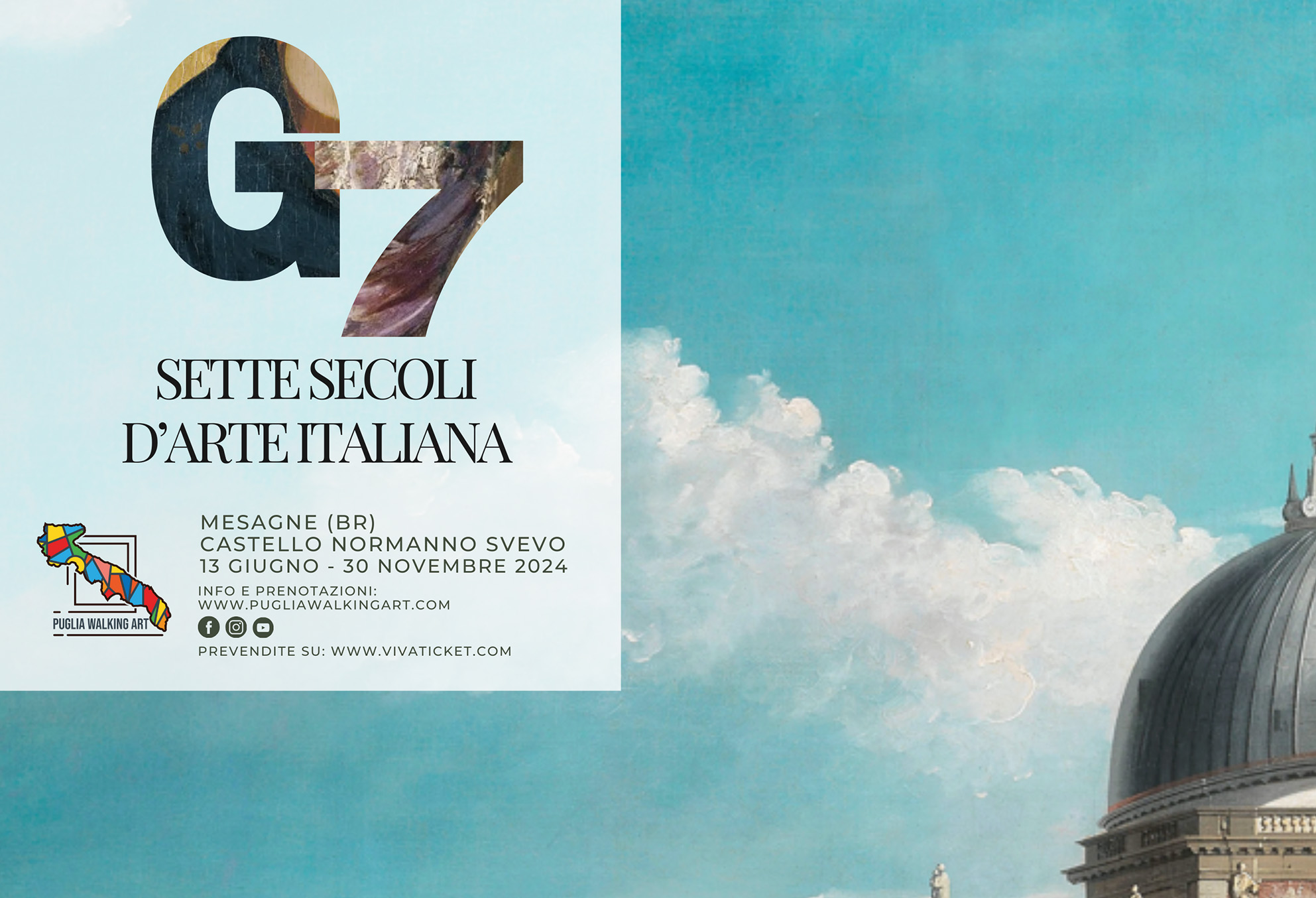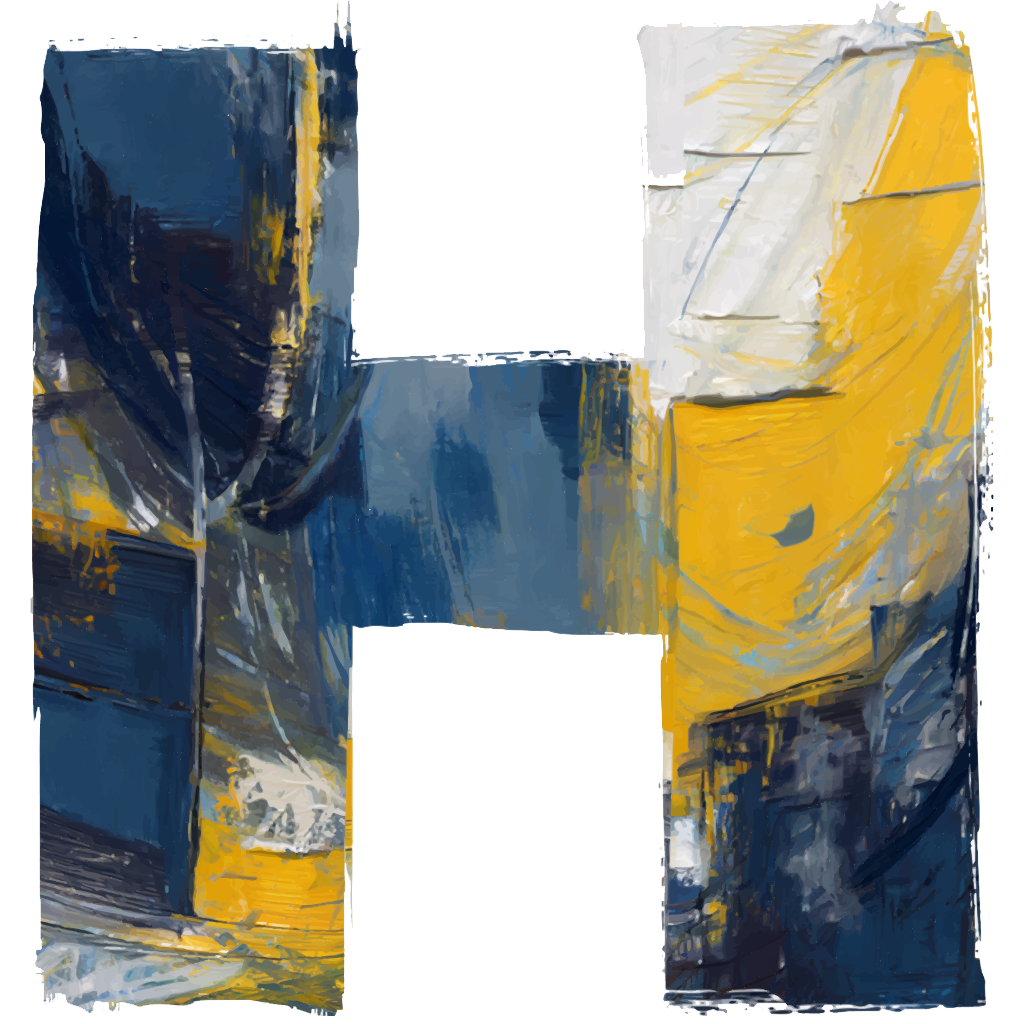The exhibition “G7 – seven centuries of Italian art” was born from the idea of uniting the important world summit in Borgo Egnazia, will be inaugurated on June 13 and will go far beyond the days of the Great of the Earth’s stay on Apulian land, with a cultural proposal of knowledge of Italian art and aims to celebrate it through seven centuries, from the 14th to the 20th, presenting works of art by several of the main Italian masters.
The exhibition “G7: Seven Centuries of Italian Art,” curated by Prof. Pierluigi Carofano and a scientific committee that he coordinates, offers the public a unique opportunity to immerse themselves in the richness and beauty of Italian art. Through the display of significant works of art and the provision of contextual information, the exhibition aims to promote awareness and appreciation of Italian art, contributing to its enhancement both nationally and internationally.
the exhibition will be articulated in seven sections, which will make people capture the initial moment of Italian art history and “the first Renaissance,” then “the full Renaissance, towards the ‘modern manner’” and again “Caravaggio’s Naturalism” and “Examples of Neoclassicism,” as well as “Romanticism and history painting,” and in conclusion examples of “Liberty, Futurism, Informal and Conceptual.”
A masterful balance between sculptural works and painting is the inspiration behind this exhibition, with 49 works of art on display and with the opportunity to admire, the one-time event
A masterful balance between sculptural works and painting is the inspiration behind this exhibition, with 49 works of art on display and with the opportunity to admire, the one-time event
in Mesagne it will be possible to admire works by Luca Signorelli and Andrea del Verrocchio, by Raphael and Titian and Leonardo and his Bottega, by Lorenzo Lotto and Ludovico Carracci. There is the ineffable Artemisia Gentileschi and there are works by Guido Reni; there is Gian Lorenzo Bernini and there is Antonio Canova with Bernardo Canal and his son, the better known Canaletto. Particular attention has been paid to the genius born in the South of Italy, between Nicola Pisano (at the origin) and Francesco Fracanzano, without omitting Cavalier Calabrese and Salvator Rosa, Corrado Giaquinto up to the more recent Giuseppe De Nittis and the contemporaries Pino Pascali and Roberto Ferri, the 46-year-old artist from Taranto, who was already placed in dialogue with the works of Caravaggio last year.






